My toddler is a very good hearted child. She has been around other kids her age that have smacked her in the face while playing and she laughs because she thinks they are playing. Now, every time they meet it is the same thing. How can I teach/show her that she should not allow this to happen and it is not playing?
It is tough when children play in ways that you do not approve of and want to change. Here are some strategies you can use to encourage safer play between your daughter and her peers.
Praise safe play
For young children, the best way to stop a behavior that you do not like is to provide positive attention and praise for the opposite of that behavior. In this case, you could look for opportunities to praise your daughter and other children for playing safely. Be sure to be specific, positive and immediate with your praise. For example, saying “nice job using gentle hands!” will help children learn faster than saying “nice job!” or “thanks for not hitting.” If other children are not playing nicely with your child and your child does the appropriate thing (e.g., instead of hitting back, she walks away or tells an adult), be sure to also praise this behavior.
Think about prevention
When your daughter is around other children, think about setting her up for success right from the start rather than waiting until after hitting or other negative behaviors have already happened. Prevention can mean praising gentle play as described above, helping children share (e.g., “we will take turns with this toy – your turn first. Good waiting for your turn!”), and distracting a child who may become upset before the situation escalates. If you know that certain situations are often difficult for your child, you can also help set your child up for success by calmly reminding her of the rules for safe play before the situation starts.
Use resources to teach appropriate behavior
There are many books and resources that you can review with your child to help teach them about being kind to others and staying safe if others are trying to hurt them (e.g., https://www.apa.org/pubs/magination/). You can also help your child learn about your expectations by making up a social story. A social story is personalized book you can make for (or with) your child to help your child learn about new situations and your expectations. To make a social story, write or draw about a situation where your child is the main character and is doing what you want her to do. An example for this would be drawing or writing about your child playing and interacting nicely with other children, using gentle hands, and walking away when others are bothering her. Social stories should be encouraging, positive and brief (5-10 pages) to keep your child’s attention and focus. Social stories should be read at a neutral time before the situation they refer to occurs, and they can be re-read as often as needed.
Model appropriate behavior
If there are things you want your child to do more often, you can model the behaviors by doing those things yourself and clearly labeling for your child what you are doing. For example, a mom could model safe and gentle play by gently pick up a toy while saying “Mommy is using safe hands.” This kind of demonstration coupled with verbal explanation can encourage children to behave the same way as the parent and also learn by parents’ example.
When misbehavior happens, respond carefully
When very young children hit, you can take the following steps to help them learn to stay safe. Get down on their level, gently cover and hold their hands in yours, and give direct eye contact while stating in a firm tone, “No hurting or hitting. Gentle hands.” Then aim to guide your child towards another toy and praise them for the first positive thing they do (e.g., “good gentle building!”). Keep your tone firm when you are redirecting, but do not raise your voice or yell. Those types of responses can sometimes make misbehaviors worse if your child learns that she gets lots of attention for misbehaving (even if that attention seems negative). By clearly telling your child what you expect and pairing this with positive attention for appropriate behavior, you are helping your child learn what you want to see and what gets your approval.
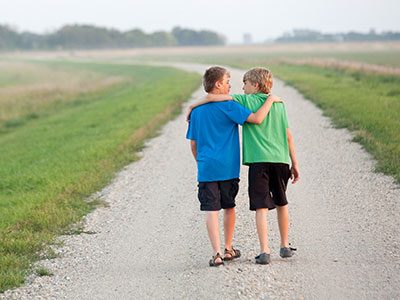 https://riseandshine.childrensnational.org/wp-content/uploads/2025/11/two-friends-feature.jpg
300
400
Danielle Robbins
https://riseandshine.childrensnational.org/wp-content/uploads/2017/11/childrens_riseandshine_logo.jpg
Danielle Robbins2025-11-13 13:55:082025-11-14 10:17:49Navigating friendships when your child has epilepsy
https://riseandshine.childrensnational.org/wp-content/uploads/2025/11/two-friends-feature.jpg
300
400
Danielle Robbins
https://riseandshine.childrensnational.org/wp-content/uploads/2017/11/childrens_riseandshine_logo.jpg
Danielle Robbins2025-11-13 13:55:082025-11-14 10:17:49Navigating friendships when your child has epilepsy







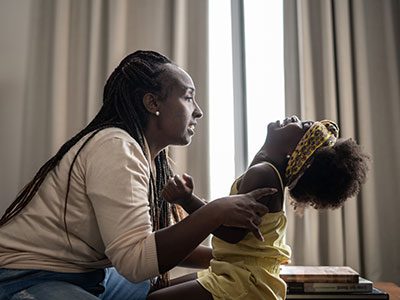
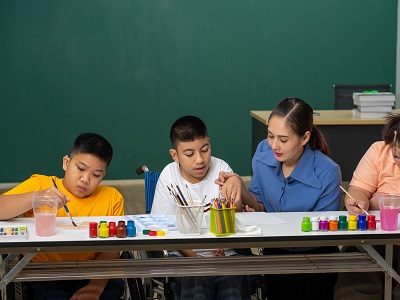

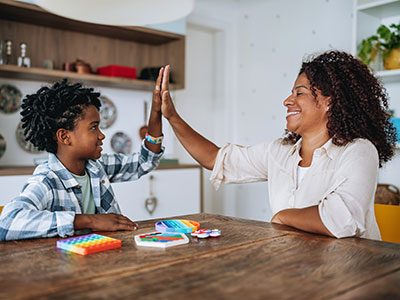
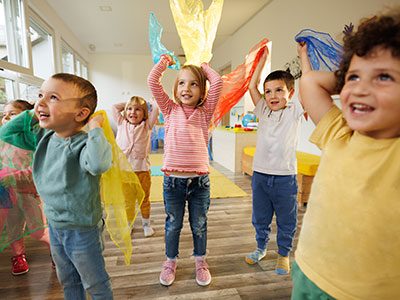


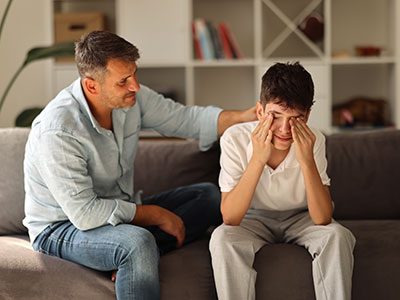
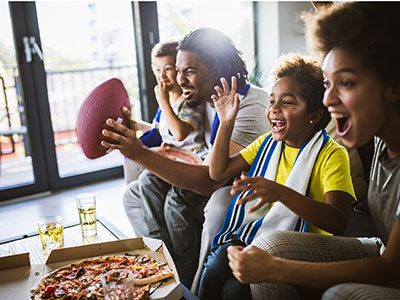



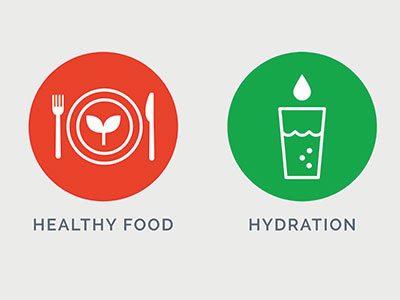


Leave a Comment
Want to join the discussion?Feel free to contribute!